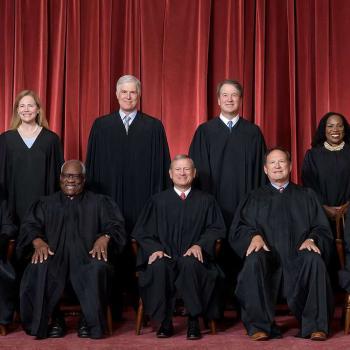Taxpayers have been allowed to deduct state and local income and property taxes since the federal income tax began in 1913. (Sales taxes have at times been deductible, too, but that’ s a relatively minor issue.) The theory is it’s unfair to make people pay twice for the public services they receive. That’s doubtful, though, since, despite some overlap, federal taxes support different services than state and local.
What the deduction does is enable higher-income states and localities to tax — and spend — more than they otherwise would, while shifting some of the cost to other states. It also encourages them to collect revenue in forms that are easier to deduct on federal returns.
Two states, California and New York, reaped almost 30 percent of the deduction’s value in 2009, the latest year for which I could find Internal Revenue Service data. Other states that benefit disproportionately include Connecticut, New Jersey, Illinois, Massachusetts and Maryland.
In 2009, 73 percent of the deduction’s benefits went to taxpayers with annual incomes above $100,000, according to the Congressional Budget Office; fully 20 percent of the benefits went to taxpayers with annual incomes above $1 million.
Starting to notice a pattern? Basically, what we have is a significant federal tax subsidy for “blue” state governments. These also happen to be the states having the most difficulty living within their means, what with their expensive urban school systems, bloated pension liabilities and all. Yet they have an incentive to close their budget gaps by raising income taxes rather than reining in spending, because the deduction helps them pass the tab to other states, most of them red.
California Gov. Jerry Brown addressed his budget woes through a referendum this year to boost the top income tax rate, just as Illinois Gov. Pat Quinn pushed an income tax rate increase through his legislature last year.
Now you’re beginning to understand how this seemingly innocuous tax break distorts financial flows within and among the 50 states, as well as between the states on the one hand and Washington on the other.
As for negotiations over a “grand bargain” between President Obama and the Republican House, the state and local tax deduction complicates that process, too.
The main bone of contention is the federal income tax rate on top earners, currently 35 percent. Obama says it is going to be hard to raise enough revenue without returning that rate to 39.6 percent, the level during Bill Clinton’s presidency.
Republicans insist that eliminating deductions and tax breaks could bring in more revenue without raising rates — while getting most of the money from the wealthy, just as the president wants to do.
In fact, the Tax Policy Center, a nonpartisan Washington think tank, has shown that eliminating all itemized deductions while leaving tax rates where they are now would raise $2.2 trillion over 10 years. That’s $600 billion more than President Obama is seeking from Congress.
Of course, not even the Republicans are proposing such a sweeping reform, which would certainly make the tax code more efficient — but also wipe out breaks for charitable giving and mortgage interest that enjoy wide red-state support, too. And the president himself has suggested limiting deductions in combination with rate increases, perhaps by capping the rate at which deductions may be claimed.
But because its impact is so heavily concentrated in blue states, the state and local deduction creates an asymmetry: Democrats have an extra reason to insist on raising rates, and Republicans have an extra incentive to demand loophole-cutting. Perhaps it’s just coincidence, but I have noticed that those most skeptical of the loophole-closing approach include Sen. Charles Schumer (D-N.Y.) and House Minority Leader Nancy Pelosi (D-Calif.).
So let’s all say a pre-Thanksgiving prayer for a successful negotiation — and remember that even a very grand bargain would still leave our state and federal tax and budget systems in need of major reform.










